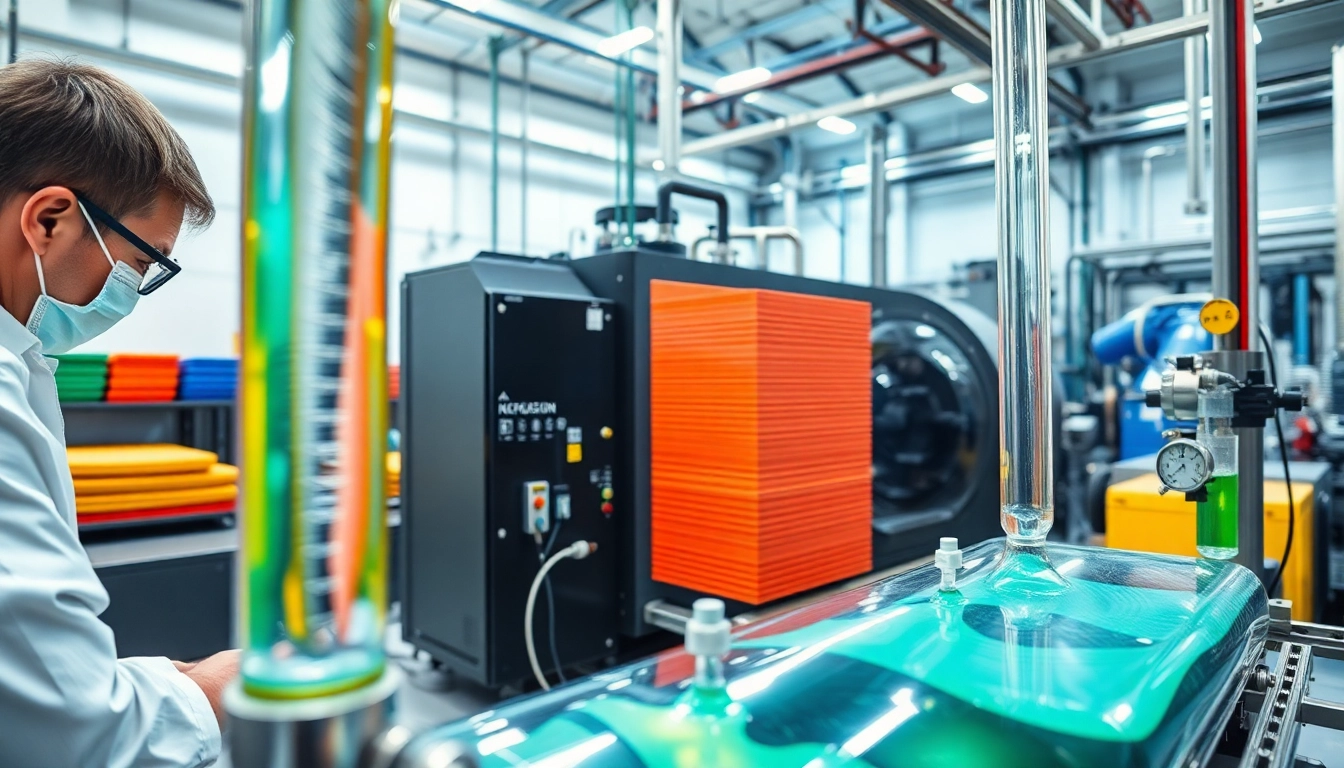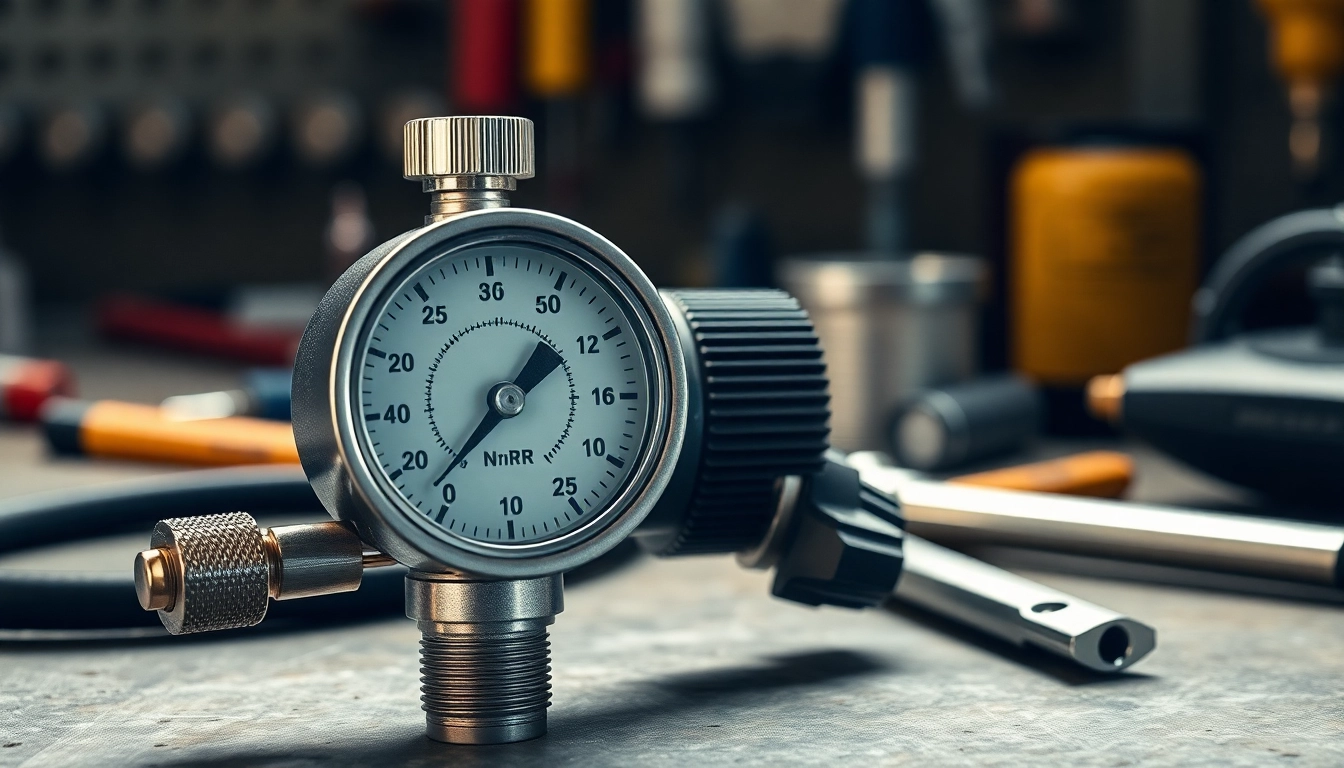Understanding Infusion Resins
Definition and Overview of Infusion Resins
Infusion resins are specialized polymers formulated to enhance the process of producing composite materials, particularly through applications involving vacuum infusion techniques. These resins are typically low-viscosity, allowing for better flow characteristics that accommodate the intricate patterns and complexities often found in composite structures. By utilizing infusion resins, manufacturers can achieve high-performance characteristics in their products, dramatically improving mechanical strength and increasing the overall quality of the final composite.
Types of Infusion Resins and Their Applications
Infusion resins predominantly fall into two categories: epoxy resins and polyester resins. Each has unique properties suited for specific applications:
- Epoxy Resins: Renowned for their excellent adhesion, chemical resistance, and mechanical properties. They are widely used in aerospace, automotive, and marine applications where performance and reliability are paramount.
- Polyester Resins: Often used in less demanding applications due to their cost-effectiveness. They have a faster curing time and are commonly found in the production of boats, panels, and general composites.
Both types of resins can be tailored with additives to enhance their properties, such as color, UV resistance, or toughness, making them versatile for various industrial uses.
Benefits of Using Infusion Resins in Manufacturing
The utilization of infusion resins in manufacturing presents multiple advantages:
- Improved Strength and Durability: The infusion process leads to stronger composites by optimizing fiber wet-out and minimizing voids, significantly enhancing the mechanical properties.
- Optimal Surface Finish: Infusion resins provide a smooth finish, ideal for visible composite parts, ensuring aesthetic appeal alongside performance.
- Environmental Control: The closed infusion process mitigates VOC emissions, making it a more environmentally friendly choice for industrial applications.
- Customization: Infusion resins can be engineered for specific needs, addressing unique performance requirements such as heat resistance or impact strength.
Key Considerations for Infusion Resin Selection
Viscosity and Flow Characteristics
One of the primary factors when selecting infusion resins is their viscosity, as this will significantly impact the ability of the resin to flow within the composite structure. Low-viscosity resins are preferred as they allow for more efficient infusion into complex shapes and thicker laminates. The infusion speed and the ability to fill voids depend on achieving the right balance between resin viscosity and the applied vacuum pressure.
Curing Time and Environmental Factors
Curing time is another critical factor in resin selection. Components with faster cure times can significantly increase production rates but may require careful handling to avoid issues like premature hardening. Environmental conditions such as temperature and humidity can also affect curing, so it’s vital to select resins that match the working environment. Specialized hardeners can be employed to regulate curing processes according to specific project requirements.
Compatibility with Other Materials
Infusion resins must also be compatible with the fibers and additional materials used in the composite construction. For example, certain resins may not bond properly with specific glass or carbon fibers, leading to failures in composite integrity. Conducting material compatibility tests and understanding how various resins interact with other components is crucial for achieving desired outcomes in composite manufacturing.
Best Practices for Infusion Resin Application
Preparation of Materials and Equipment
Before beginning the infusion process, it is essential to prepare the materials and equipment adequately. This preparation includes ensuring all materials are clean and free from contaminants, as any impurities can compromise bond strength. The infusion setup, including vacuum pumps and fittings, should be tested for leaks to guarantee efficiency during the infusion process.
Techniques for Efficient Infusion
Employing the right infusion techniques can drastically improve outcomes. Techniques such as placing strategic channels can aid in the distribution of resin and prevent air traps within the composite. Utilizing a vacuum bag that seals tightly can enhance the pressure difference necessary for effective resin flow, thus optimizing infusion times and quality.
Common Mistakes to Avoid
Many beginners make several common mistakes during the infusion process, such as:
- Inadequate vacuum levels, leading to poor resin flow and incomplete wet-out.
- Incorrect timing in opening the resin and curing components, which can lead to inadequate bonding.
- Poor attention to the curing cycle, disregarding environmental conditions that impact the polymerization process.
These errors can result in significant quality defects, necessitating thorough training and understanding of the infusion process to mitigate risks.
Performance Metrics in Using Infusion Resins
Testing and Quality Assurance Methods
To ensure the performance and reliability of infused composites, it is crucial to implement stringent testing protocols. This includes mechanical testing to assess tensile strength, flexural capacity, and impact resistance. Non-destructive testing methods, such as ultrasound or X-ray inspection, can identify hidden defects without compromising the specimen integrity.
Evaluating Strength and Durability
The durability of composites produced with infusion resins is evaluated through various metrics. Factors such as moisture absorption, thermal stability, and resistance to chemical exposure should be monitored during performance assessments. Establishing long-term testing procedures helps gauge compositional stability and life expectancy in real-world applications.
Customer Feedback and Case Studies
Gathering customer feedback and analysis of case studies can provide valuable insights into the practical application of infusion resins. Evaluating project-specific successes and challenges can bolster understanding in how resin selection and process variations impact end-product performance. These shared experiences can inform future selection and designs, thus enhancing overall production practices.
Future Trends in Infusion Resin Technology
Eco-Friendly Innovations in Infusion Resins
Recent trends indicate a significant movement towards sustainability in resin technology. Manufacturers are exploring bio-based infusion resins made from renewable resources that reduce dependence on conventional fossil fuels. These innovations not only lower environmental impacts but also cater to an increasingly eco-conscious consumer base.
Advancements in Automated Infusion Processes
Automation technology is evolving, leading to more consistent and efficient infusion processes. Leveraging robotic systems for delicate operations can minimize human error and enhance timing accuracy in infusion cycles. Advances in control systems allow for improved monitoring of resin flow and curing conditions, ensuring superior quality product outcomes.
Emerging Applications in Various Industries
The applications for infusion resins continue to expand as composite materials gain traction across various industries. Innovations are emerging in sectors such as wind energy, automotive, and sporting goods, where lightweight materials offer significant advantages. As manufacturing technology advances, the potential for new designs and applications will likely increase, making infusion resins a cornerstone of future composite technology.



